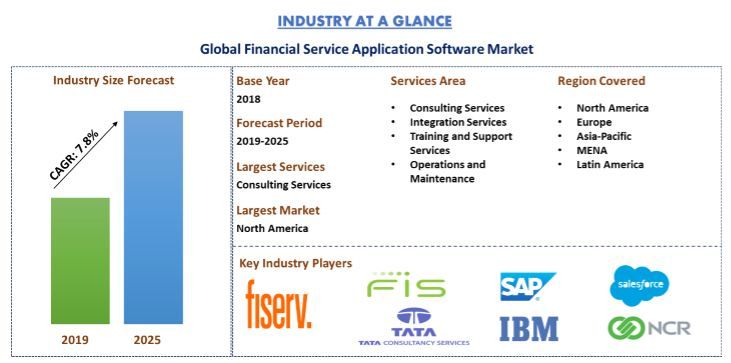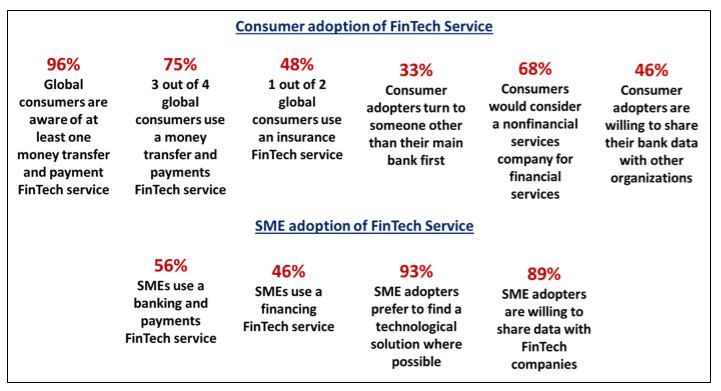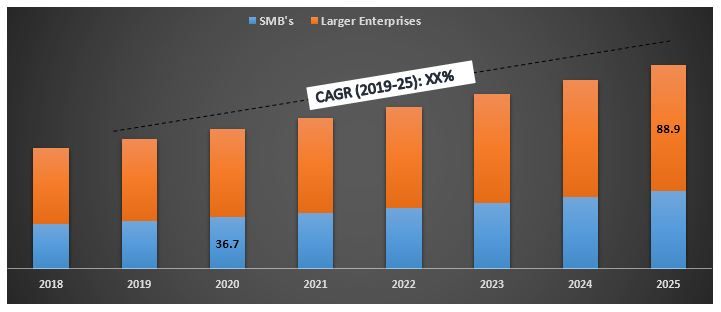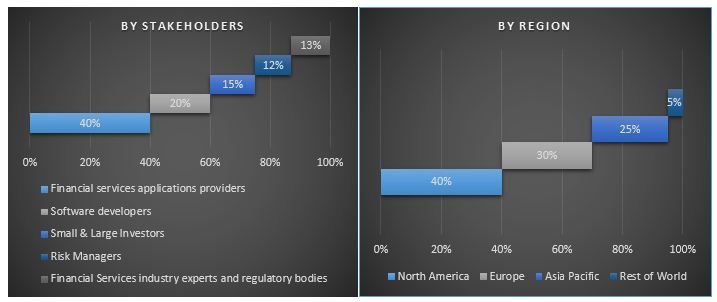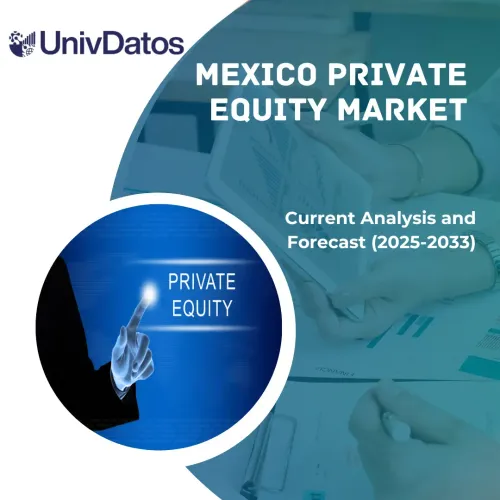- Home
- About Us
- Industry
- Services
- Reading
- Contact Us
Financial Services Application Software Market: Current Scenario and Forecast (2019-2025)
Emphasis on Software Type (Payment Gateway, Budgeting, Financial Forecasting, Bookkeeping, Financial Management, Others), Deployment Type (On-Premises, Hosted), Service (Consulting, Integration, Training and Support, Operations and Maintenance), End-Users (SMEs, Large Enterprises) and Region
Global Financial Services Application Software Market was valued at US$ 85.4 billion in 2018 and is anticipated to reach US$ 143.8 billion by 2025 displaying a reasonable CAGR of 7.8% over the forecast period (2019-2025). The global financial services applications software market revolves around different software types including Payment Gateways, Budgeting software, Financial Forecasting, Bookkeeping, and Financial Management. Among different software types, Payment Gateways held the maximum share in 2018. However, due to increasing demand for financial forecasting, software to reduce future risks is anticipated to be one of the fastest-growing market segments, growing at a CAGR of 7.8% during the forecast period (2019-2025). The main drivers and reasons responsible for the increasing demand for financial software include continuous increase of financial institutions, increasing technological awareness, expanding digitalization. However, high cost of deployment, Increasing Security Concerns regarding App Permissions, Adhering to Different Political Factors and Regulatory Compliances and Low Consumer and Investor Confidence are some restraints that can slow down the growth of the market.
Overview of FinTech Service Adoption among Consumers and SME’s
“Amongst Software type, Payment gateway is projected to dominate the Global Financial Service Application Software market by 2025.”
Based on software type the global financial service application software market is bifurcated into the Payment gateway, Budgeting, Financial forecasting, Bookkeeping, Financial Management and others. Currently, Payment Gateways segment dominates the market with 32.7% share in 2018.
“On-Premises deployment of financial application software dominates the market in 2018, however, hosted deployment would overtake it to become the most preferred software deployment type by 2025”
On the basis of deployment, the global Financial Service Application Software market is segmented into On-premises and hosted. Currently, the On-Premises deployment occupies 50.2% share, however, post-2018 hosted deployment of software would overtake the on-premises deployment owing to low cost and lowering security issue.
“Amongst services type, consulting services holds the major share in the global financial service application software market.”
The financial Service Application Software market holds a wide range of services namely consulting services, integration services, training and support services, operations and maintenance, and others. Consulting services dominates the market in 2018 and is expected to remain dominant throughout the forecast period 2019-2025
“Large Enterprises were the major user of financial services application software, however in coming years SME’s would increase the penetration level for these types of software.”
SBM’s and larger enterprises are the two major end-users of the financial services application software. Currently, Large enterprises dominate the market and are expected to remain dominant throughout the analyzed period 2019-2025
Financial Service Application Software Market Size, by End-User, Global, 2018-2025 (US$ Billion)
“North America dominates the market with a 39.2% share, followed with Europe and Asia-Pacific”
For a deep-dive analysis of the industry, the study also includes regional-level analysis of the overall adoption and penetration of Financial Service Application Software in major regions including North America, Europe, Asia Pacific, MENA and Latin America. Currently, North America dominates the market, however, Asia-Pacific is expected to witness the highest CAGR growth during the forecast period 2019-2025.
Competitive Landscape-Top 10 Market Players
FIS Global, Fiserv, Microsoft, Salesforce, IBM Corporation, Infosys Ltd., NCR Corporation, SS&C Technology Holdings, Oracle, SAP SE, Temenos and TCS Ltd corporation are some of the prominent players operating in the Global Financial Service Application Software industry. Recently the industry has witnessed several M&As along with partnerships, which have been undertaken by market players to sustain in the ever-growing financial service application software market.
Reasons to buy (The research report presents):
- Current and future market size from 2018 to 2025 in terms of value (US$)
- Combined analysis of deep-dive secondary research and input from primary research through Key Opinion Leaders of the industry
- Detailed analysis of the banking/financial sector in different region/country
- A quick review of overall industry performance at a glance
- In-depth analysis of key industry players
- A detailed analysis of regulatory framework, drivers, restraints, key trends and opportunities prevailing in the industry
- Examination of industry attractiveness with the help of Porter’s Five Forces analysis and start-ups
- The study comprehensively covers the market across different segments and sub-segments of the technology
- Region Covered: North America, Europe, Asia-Pacific, MENA and Latin America
Customization Options:
UMI understands that you may have your own business need, hence we also provide fully customized solutions to clients. The Global Financial Service Application Software Market can be customized to the country level or any other market segment.
Table of Content
Analyzing historical market, estimation of the current market and forecasting the future market for Global Financial Services Application Software were the three major steps to create and analyze the overall adoption rate of Financial Services Application Software in different regions. Exhaustive secondary research was done to collect the historical market of the technology and overall estimation of the current market. Secondly, to validate these insights, numerous findings and assumptions were taken into consideration. Moreover, exhaustive primary interviews were conducted with industry experts across value chain of the global financial services application software market. Post assumption and validation of market numbers through primary interviews, top-down approach was employed to forecast the complete market size of financial services application software market at Global scale. Thereafter, market breakdown and data triangulation methods were adopted to estimate and analyze the market size of segments and sub-segments of the technology. Detailed methodology is explained below:
Analysis of Historical Market Size
Step 1: In-Depth Study of Secondary Sources:
Detail secondary study was conducted to obtain the historical market size of the global financial services application software market through company internal sources such as annual report & financial statements of top players, performance presentations, press releases, etc. and external sources including journals, news & articles, government publications, economic data, competitor publications, sector reports, regulatory bodies publications, third-party database and other credible publications.
Step 2: Market Segmentation:
After obtaining the historical market size of the overall market, detailed secondary analysis was done to gather historical market insights and share for different segments & sub-segments for the global financial services application software market. Major segments included in the report are by software type, deployment type, services, and end-user. Further analysis was also done for sub-segments of the major segments of the market.
Step 3: Factor Analysis:
After acquiring the historical market size of different segments and sub-segments, detailed factor analysis was conducted to estimate the current market size of the global financial services application software market. Factor analysis was conducted using dependent and independent variables such as most preferred payment methods by companies, frequency of transaction, etc. Historical trends of the global financial services application software market and their year-on-year impact on the market size and share in the recent past were analyzed. The demand and supply-side scenario were also thoroughly studied.
Current Market Size Estimate & Forecast
Current Market Sizing: Based on actionable insights from the above 3 steps, we arrived at current market size, key players in major applications and markets, market shares of these players and value chain of the industry. All the required percentage split, and market breakdowns were determined using the above-mentioned secondary approach and were verified through primary interviews.
Estimation & Forecasting: For market estimation and forecast, weightage was assigned to different factors including market drivers, restraints, and trends & opportunities available in the market. After analyzing these factors, relevant forecasting techniques i.e. Bottom-up/Top-down was applied to arrive at the market forecast pertaining to 2025 for different segments and sub-segments of the market. The research methodology adopted to estimate the market size encompasses:
- The industry’s market size, in terms of value and rate of adoption of financial services application software
- All percentage shares, splits, and breakdowns of market segments and sub-segments
- Key players in major applications and markets as well as the market share of the major player. Also, the growth strategies adopted by these players to compete in the ever-growing global financial services application software market
Market Size and Share Validation
Primary Research: In-depth interviews were conducted with the Key Opinion Leaders (KOLs) including Top Level Executives (CXO/VPs, Sales Head, Marketing Head, Operational Head, and Regional Head, etc.). Primary research findings were summarized, and statistical analysis was performed to prove the stated hypothesis. Input from primary research was consolidated with secondary findings, hence turning information into actionable insights.
Split of Primary Participants
Market Engineering
Data triangulation technique was employed to complete the overall market engineering process and to arrive precise statistical numbers of each segment and sub-segment pertaining to the global financial services application software market. Data was split into several segments & sub-segments post studying various parameters and trends in the areas of financial services application software, its software type, deployment type, end-users and regions such as North America, Europe, Asia-Pacific and Rest of the World
Main objective of the Financial Services Application Software Market Study
The current & future market trends of the global financial services application software market are pinpointed in the study. Investors can gain strategic insights to base their discretion for investments from the qualitative and quantitative analysis performed in the study. Current and future market trends would determine the overall attractiveness of the market, providing a platform for the industrial participant to exploit the untapped market to benefit as first-mover advantage. Other quantitative goals of the studies include:
- Analyze the current and forecast market size of global financial services application software in terms of value
- Analyze the current and forecast market size of different segments and sub-segments of the market. Segments in the study include software type, deployment type, service and end-users
- Define and describe the technologies and protocols used in Financial Services Application Software
- Anticipate potential risk associated with the technology along with customer and competitor analysis, among others
- Define and analysis of the government regulations for financial services application software in several regions
- Analyze the current and forecast market size of global financial services application software, in terms of value for region including North America, Europe, Asia-Pacific and Rest of the World
- Defile and analyze the competitive landscape of the global financial services application software market and the growth strategies adopted by the market players to sustain in the ever-growing market
Related Reports
Customers who bought this item also bought

